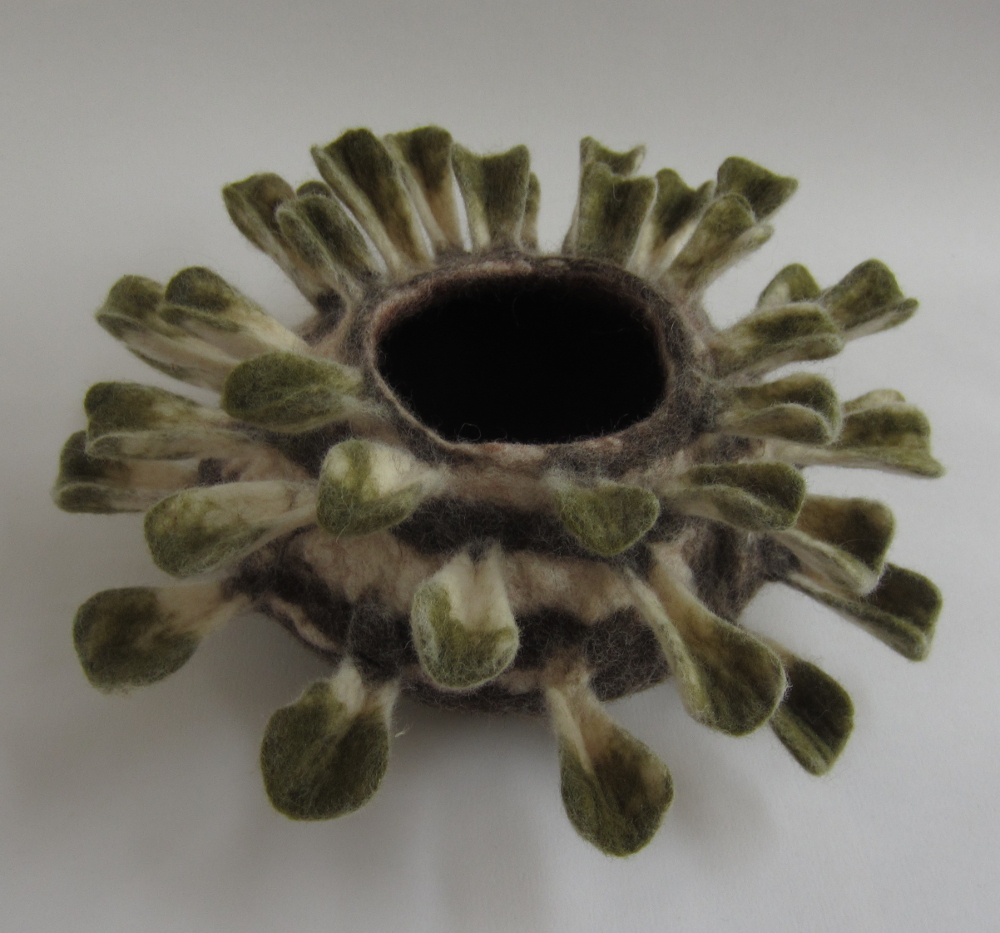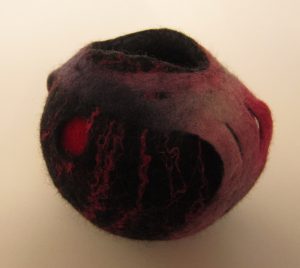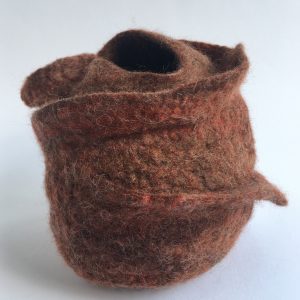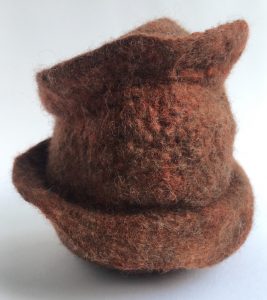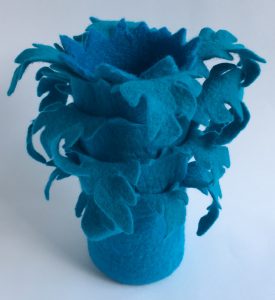This post is not directly textile related but I hope it will be useful for anyone wanting to market and sell their hand-made work.
Last week I attended a workshop with Patricia van den Akker from the Design Trust. The main focus was on marketing and was a godsend for me, I have read all the articles and often thought, “yes, makes sense, I should do that” but never actually did it! I am a terrible procrastinator and really need someone standing over me to make sure I do the difficult / less fun stuff like writing a business plan (not as boring as it sounds), working out what my brand is and who my customers are.
While I can’t cover the whole workshop in one blog post I hope you will find the following highlights a useful place to start… As Patricia said at the start of her workshop, “this is a workshop, and you will be doing the work!” 🙂
Have you got pen and paper ready? Try to answer each question before you move onto the next. Let’s get started….
What is your business dream?
What does success look like for you? Holidays in the sun every year, time to spend with your children/family, earning a specific salary, winning a design award, having a team of employees etc.
Think about why you chose your craft. Who are your role models? Why do you look up to them, what have they achieved?
What do you want to be known for? What would you like to be said in your eulogy? What is most important to you?
Marketing
This is communicating the value of your product for the purpose of selling. Try not to think of it as advertising, more as a conversation with potential customers and clients.
Marketing has 3 inter-related purposes:
- increase your profile
- increase your credibility (trust)
- brings you clients
Why do you do what you do? Is it just art therapy for you or do you have a wider philosophy you want to share with the world?
Effective marketing requires that you understand your client’s needs when designing your products, what problem are you solving / need are you satisfying for them? What makes you different from your competition?
Who is your ideal client? There may be several different people and it can help to write a profile for each, think about:
- their age
- gender
- who lives with them
- do they work?
- hobbies and interests
- where do they go on holiday?
- why do they buy your product?
Brand Identity
Have you ever looked at a piece of work and though, “that was made by so-n-so”? Or described something as being “very Warhol”, you have unwittingly absorbed brand identities. If you want your work to be recognisable it helps to think about what make your work look or feel different to other crafts(wo)men in your field. Take a look at the photos in your online shop or create a gallery of your work and try to come up with 5 words to describe your collection. It helps to ask friends an family for their input on this, if you are selling face to face you could even ask your customers which words they would pick.
You might end up with a description like, “Bright, flowery and floaty scarves” or, “calming and expansive textile landscapes”, this is your brand identity.
Try to be consistent with the brand image you present, use the same image and text on website banners, business cards, stationery. Is your website banner / business card image and text consistent the 5 words you came up with from looking at your gallery?
Make a Plan!
What business (and personal) goals do your want to achieve this year? Try to be specific, if it is a salary – how much and by when? What sales would you need to make to take that salary? If it is a holiday, where? how long for? when? If it is to make sales, how many and by when?
Then break your goal down into monthly targets, what needs to happen each month to achieve your goal by the date you set?
Review your targets/goals at least once a month and look for alternative courses of action if you are not on target.
If you have an Etsy shop, read the Etsy Handbook, Patricia recommended 2 hours of reading and 2 hours of action per week, personally I am finding I need to take action as I read each suggestion, and I am spending 2 min reading then 2 hours updating my listings!
Patricia also offered a reality check about how much time we should expect to spend on making vs marketing. As a new designer-maker you should expect your time to be spent:
40% on marketing
40% on making
10% research and professional development
10% admin
Design Trust
There is a ton of really useful information on the Design Trust web site (start in the “free resources” section), I can thoroughly recommend it, but be prepared to stop and answer each question posed, taking notes as you go, before moving onto the next paragraph, you will get much more out of the site if you really engage with it and stop to think about what each question means for you and your business.
These are just my highlights from the workshop, if you get the chance to work with Patricia, take it, she manages to make marketing fun and the face to face interaction makes it less easy to gloss over the harder the questions and only focus on what you are already good at!
Do you have any tips on marketing or selling your work?
I feel very conscious that this post is all words and no pictures so here is the finished “Michael” wall hanging, finally framed and ready for sale this week 🙂



